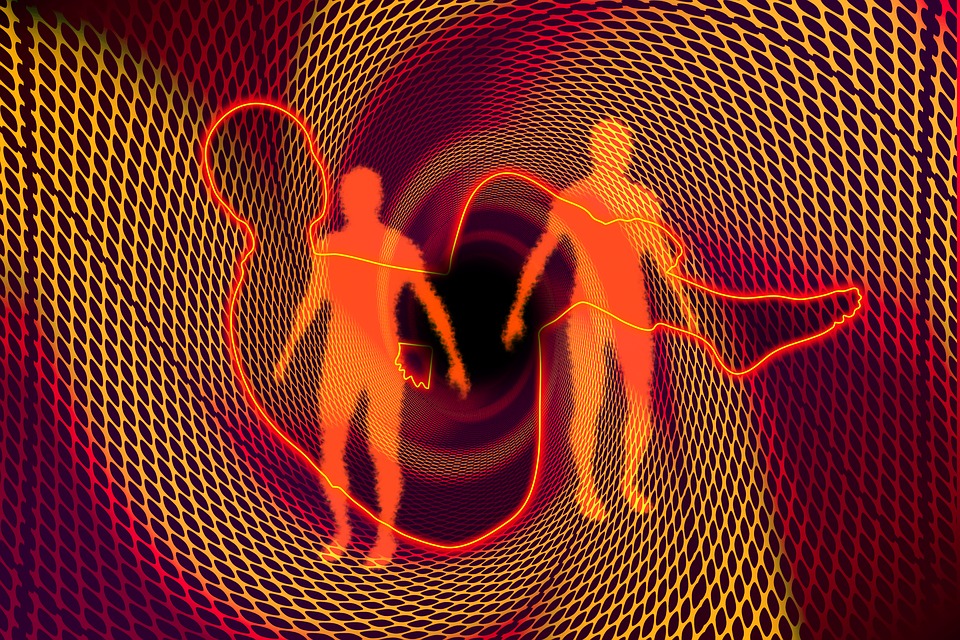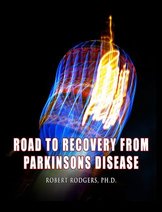What follows is an article about stem cell therapy authored by Blanca Ramarez.
Robert Rodgers PhD
Founder 2004
Parkinsons Recovery
CELL THERAPY IN PARKINSON’S DISEASE
Blanca Elena RamÃrez C. Ph. D
Parkinson’s disease is a progressive neurodegenerative disease that affects movement, muscle control and balance as well as numerous other functions, which occurs for the progressive death of dopaminergic neurons of the substantia nigra of the brain.
The main consequence of this neuronal loss is a decrease in cerebral availability of dopamine in the caudate nucleus and putamen, where dopaminergic neurons projecting from the black susbstancia, leading to a dysfunction in the regulation of key brain structures involved in motion control basal ganglia.
The origin of this disease is multifactorial and is mainly due to four mechanisms:
- Oxidative stress
- Genetic predisposition
- Exposure to environmental toxins
- Accelerated aging
Parkinson’s disease is not a single disease, but it is multifactorial, and that hereditary risk factors and modifiable factors, such as the environment, pesticides, head injuries and snuff consumption.
Its histological feature is the presence of Lewy bodies in the substantia nigra along with a loss of dopaminergic neurons in excess of 80%, however the first symptoms appear when there is loss of half of the neurons in the substantia nigra.
The most effective medical treatment is oral administration of levodopa (L-3, 4 dihydroxyphenylalanine), a precursor that is converted into the catecholamine dopamine in the brain due to the dopaminergic nueronas Nitrergic that still survive in the substantia nigra.
Unlike dopamine, which does not cross the blood brain barrier, levodopa enters the basal ganglia, which is taken up by cells with the carrier for the neurotransmitter and once decarboxylated to dopamine, it becomes a neurotransmitter.
The levodopa induces a dramatic improvement and is especially effective when administered with carbidopa, which enhances its effectiveness in treating akinesia (loss of movement) and rigidity in early and intermediate stages of Parkinson’s disease, but long-term complications appear such as dyskinesias (involuntary movements) and on-off episodes, and the drug is not effective in advanced stages of the disease, because there are no dopaminergic neurons that convert levodopa into dopamine.
Neurogenesis declines with age and correlates with the appearance of neurodegenerative diseases, and there is no way to recover lost neurons except the stem cell therapy.
The stem cells are undifferentiated cells capable of self-renewal and transformation into different specialized cell types. They can be obtained from various sources. The stem cells under certain conditions are able to self-renew for long periods and can remain in a pluripotent state until they receive a signal, in response to which they give rise to cells that are specialized.
The aim of cell therapy is to replace cells that have degenerated by other cells that can fill their role. The generation of new cells in the adult central nervous system is now not only one of the most important discoveries, but a path to prevention and treatment. Until just two decades ago, it was thought to be impossible to regenerate neurons. We have found that stem cells have the ability to regenerate missing neurons and repair damaged ones.
The cell lines that have successfully used adult stem cells for the treatment of Parkinsons disease are derived from an ectoderm lineage. This treatment is available in Puerto Vallarta Mexico, approved by the International Society of cell therapy with stem cells and regenerative medicine and anti-aging, and by the Medical Center of regenerative cell therapy and anti-aging medicine. This treatment is safe and effective, and because it has no side effects and does not generate rejection.
This treatment is based on the application of allogeneic stem cells in addition to other substances that induce neuronal growth. Each treatment involves the application of 5 intravenous injections at intervals of 4 to 7 days. Depending on each case, several cycles of 5 applications may be necessary, either continuous or intermittent, where you can leave a period of several months between them. Each injection is done on an outpatient basis without hospitalization.
The first treatment suggested the ectoderm lineage. The following treatments may be used from any one of three lineages: endoderm, mesoderm and ectoderm.
In Puerto Vallarta this treatment is offered with a custom-made approach after clinical assessment by a multidisciplinary team of professionals in the field.
Blanca Elena RamÃrez C. Ph. D, General Physician, diploma in haematology, diploma in emergency medical surgical by UNAM, and especialized studies in cell therapy.
drablancae@yahoo.com.mx
Doctor Office: Street Francia #203, Colonia Versalles, Puerto Vallarta Jalisco, Mexico.
Phone office: 3222936699
Cellular phone 3221286112





Leave a Reply